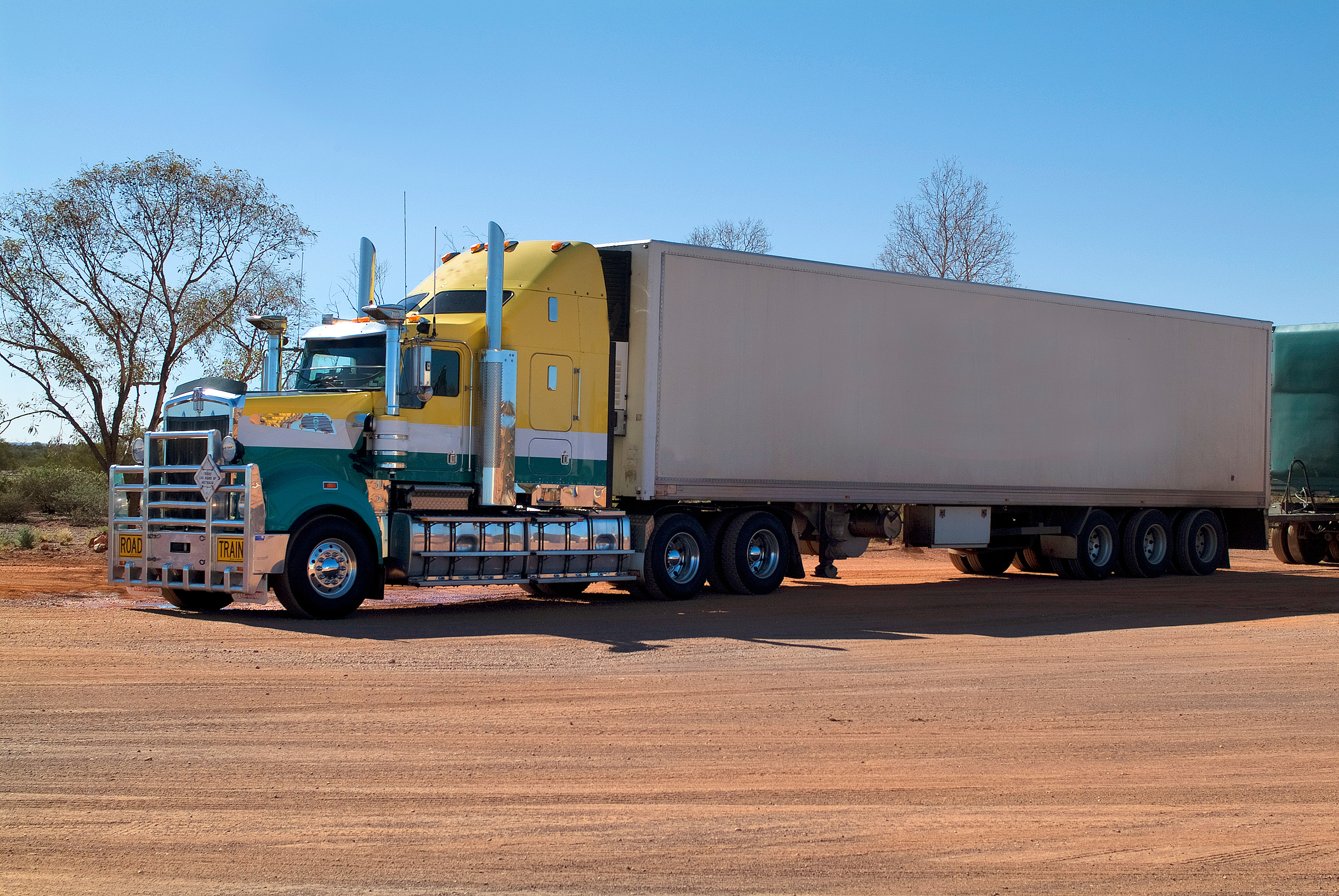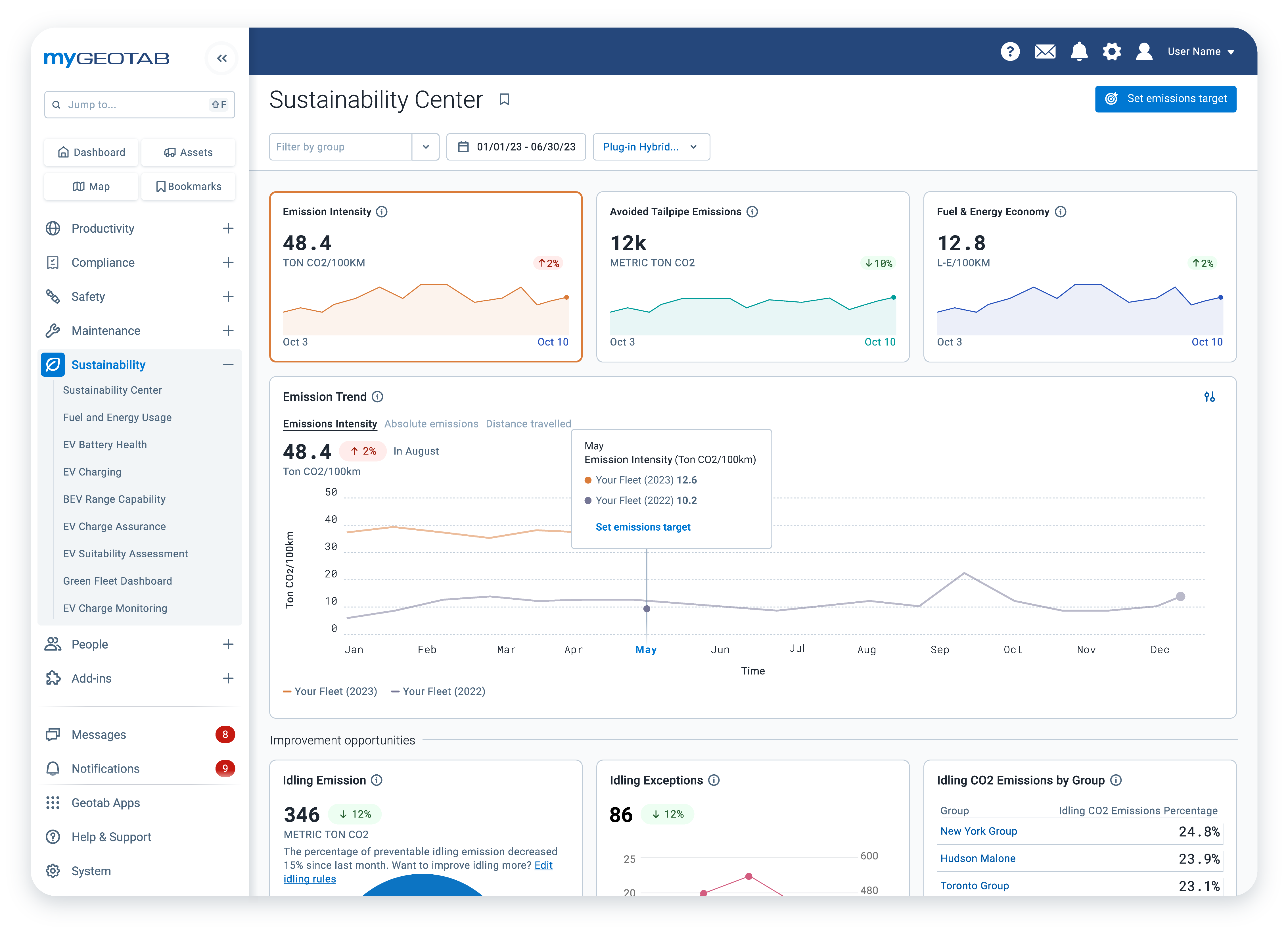Driver fatigue monitoring with telematics
Fleet managers can increase safety with rules and notifications.
By Geotab Team
Nov 5, 2020
Updated: Aug 28, 2024

Fatigue and driving don’t mix. Road Safety NSW states that fatigue is one of the top three causes of fatalities on Australian roads.
Recent statistics show that there was a gradual decline in fatigue-related fatalities before a significant increase to levels not seen in over a decade. This means that there has been no significant improvement in fatigue-related road fatalities since 2008.
Fatigued drivers can miss signs and signals, drift or fail to account for other drivers and the environment. Staying awake for 17 hours impacts performance as much as the legal limit for blood-alcohol concentration (BAC), 0.05%.
Factoring in the long routes and frequent isolation in Australia’s freight task, fatigue should be a major aspect of your Workplace, Health and Safety (WHS) program.
See also: Managing distracted driving on Australian roads
What does fatigue mean for fleet operators?
Drivers fatigued behind the wheel are a clear business risk. Vehicle collisions — from single vehicle incidents that might occur in regional or remote Australia to fender benders in metro areas — cost you money. Injuries to personnel, including employees, contractors, customers or the public, might see you liable for expenses or damages claims. As a result, vehicles could also be taken off the road for repairs, impacting productivity.
As the fleet operator, your business is responsible for the workplace health and safety of your on-road team. This means you have a duty of care to ensure their well-being. Importantly, if you operate a heavy fleet and are subject to National Heavy Vehicle Laws, you have increased duties aimed at mitigating risks including fatigue.
How can telematics support driver fatigue monitoring?
The good news is that Geotab’s fleet management solutions can help you monitor and manage fatigue. Here are a few key ideas:
Create rules for night driving.
As more fatigue-related incidents occur at night and when workers are outside their ordinary sleep hours, setting up alerts and notifications can help you monitor irregular usage. Set up a customised report to stay across this over time, and detect any unusual patterns that could increase risk.
Set up alerts for time behind the wheel.
If your drivers are on the road too long, they’re at greater risk to themselves, your vehicles, and the public. Be notified when a driver exceeds their daily on-road time allocation without suitable breaks.
Create zones and warnings as drivers enter or exit.
If you vehicles return to base, create a zone that takes drivers off the clock when they return, or alerts you when they do not. Likewise, rest stops are dotted along highways for our long-distance truckers. Set up a rule to be alerted when a driver enters or exits a safety area.
Block out the most dangerous times.
The most dangerous hours for fatigue-related collisions are midnight to 6 am. Consider blocking out this time for any on-road movement if possible. Create a notification if your vehicles move during the riskiest part of the day.
Communicate with your team on the road.
Geotab’s integration with Garmin in-vehicle devices helps you communicate with two-way messaging. Send them alerts to monitor fatigue, and streamline them notifying you of their wellbeing.
Expand the solution for third-party journey management.
Geotab’s uniquely expandable solution can integrate with journey management services. For extensive travel and high risk situations, you might consider investigating a journey management partnership and automate safety tasks and elements of fatigue management.
Conclusion
Crash statistics underline that ongoing need for safety management. Driver fatigue monitoring is one way you can support the health and safety of drivers, while also protecting others on the road.
The Geotab Team write about company news.
Related posts
.jpeg)

Geotab becomes a certified Telematics Monitoring Application Service Provider
April 1, 2025
3 minute read

Sustainability Centre: central hub for sustainable fleet management
January 28, 2025
2 minute read

Geotab at MEGATRANS discusses Cost Savings and Automation
September 24, 2024
1 minute read

Electric vehicle sales double in Australia: here are three trends in EV adoption
September 8, 2024
2 minute read

Geotab Australia’s leaders come together to talk trucks, taxes and technology in Brisbane
August 12, 2024
2 minute read
